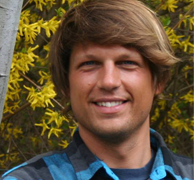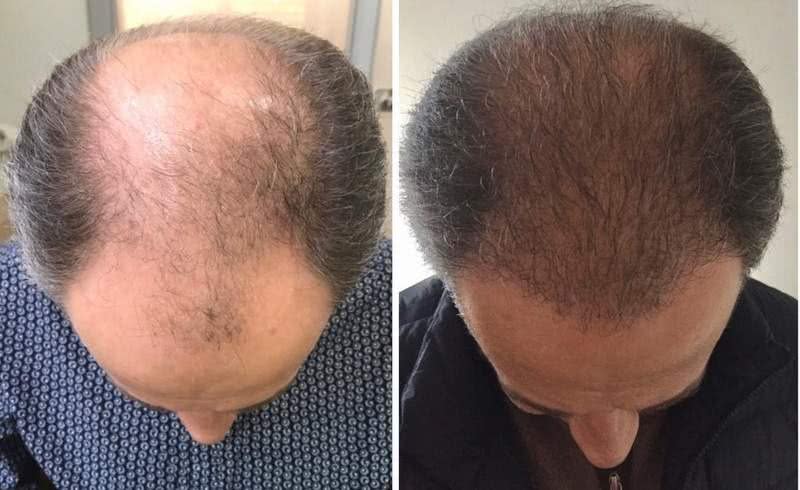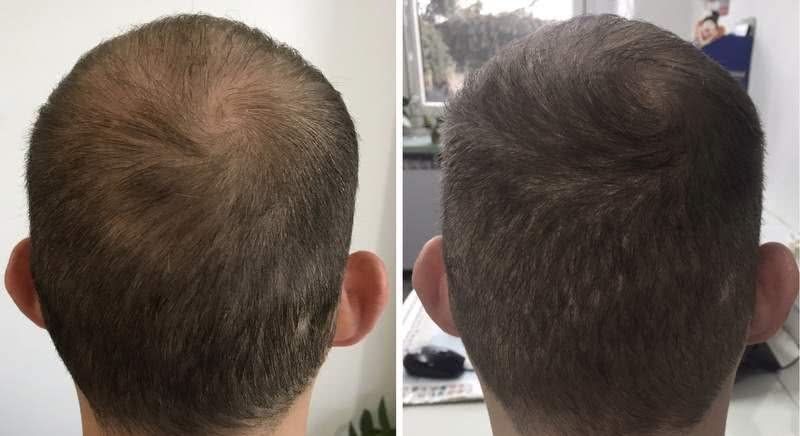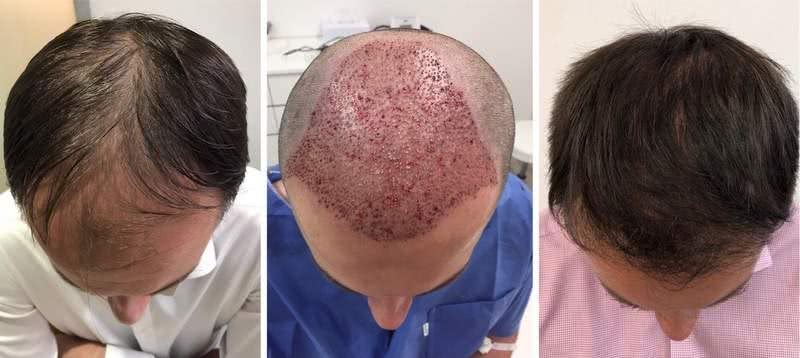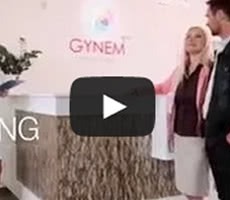Beware of FUE Hair Transplantation Scams
With the promise of medical treatment at lower costs and equivalent care, medical tourism is a growing industry and so patients are therefore susceptible to misinformation or trickery. Do not accidentally agree to poor treatment. Some of the most horrendous cases of hair transplant failures occur in Turkey, for example, in which 90% of cases the procedure is not even performed by a doctor. In some cases they might even claim that a full transplant requires 5,000 to 6,000 grafts, which is for many reasons nonsensical and unrealistic. At our facility, we utilize the most advanced robotic technology and take no more than 2,500 grafts for transplantation.
Differences between FUT, FUE, and SmartGraft
Follicular Unit Transplantation (FUT) is an older hair transplant technique where a piece of scalp, approximately 1 cm wide and 10-20 cm long, is removed from the nape of a patient’s head. After the intervention is finished, the surgeon has to stitch the wound and stop the bleeding. The patient has to return to the clinic after two weeks and have the stitches or staples removed. The removed skin is further divided into micro- and macro-grafts which are then moved to the area affected by hair loss.
Follicular Unit Extraction (FUE/DHI) is a more recent hair transplant method. Grafts of approximately 2-3 hairs are collected with a punching tool and dissected under a microscope. Each hair is then submerged in a saline solution and moved to a bald patch. There are two drawbacks to this method, namely, it is slower and damage to the grafts may incur.
The SmartGraft method is the latest technique, which has taken the FUE procedure as a baseline and only perfected it with robotic technology. It is performed with American SmartGraft technology and does not punch out grafts, therefore, hair follicles will not be damaged by being cut in half. The process is quicker and less invasive than FUT or FUE and the transplanted hair is more likely to set successfully. No need to collect a large number of grafts due to transplantation errors and hair graft counts are automatically tracked. With this technology, unfair sales practices that exist in some Arabic countries are curbed. Both doctors and patients can thus relax with confidence that the hair follicles will be preserved and transferred without human error.
Advantages ARTAS has over alternative FUE methods:
-
Increased accuracy of graft harvesting
-
Reduced harvesting time
-
Increased survival of harvested follicular units
-
Minor wound creation in graft harvesting
-
Increased accuracy in creating recipient sites
-
Protected pre-existing hairs located within the newly created recipient site
What is Alopecia?
Three main types of alopecia areata exist. Patchy alopecia causes patches of hair loss. Alopecia totalis causes total hair loss over the scalp. Then there is alopecia universalis, which causes total hair loss across all regions of the body. Alopecia areata is generally known as an autoimmune condition because the immune system seems to mistakenly attack hair follicles. Treatment and recovery depends on the severity of your alopecia because some people with mild hair loss have actually seen regrowth without any treatment. A severe case with widespread symptoms may lead to steroid injections or topical medications but, keep in mind, there is currently no cure for alopecia. Some other treatments consist of follicle transplantation.
Thinning Hair
Thinning hair is typically caused by a natural byproduct of testosterone that builds up around hair follicles on the scalp, causing it to deteriorate or die off. It is important to note that DHT is found in both women and men and, when caught early enough, your doctor may prescribe DHT blockers to help prevent further thinning and subsequent hair loss. Hair thinning might also be caused by additional factors like stress, chemical exposure from hair products, prescribed medications and certain vitamin or mineral deficiencies. Excluding these other factors, it may simply be a matter of genetics.
Hair Loss
Hair loss has many different causes, including genetics, state of health, lifestyle and long-term stress. Each one of these factors can play a part in causing, particularly, male pattern baldness. More than 95% cases related to thinning hair in men is attributed to Alopecia. The hair shaft itself begins to get thinner as the scalp loses hair density and, in the case of hair loss, hair has become so thin that they appear white and fluffy. This kind of hair is referred to as vellus and is not always visible to the naked eye. Baldness therefore describes the stage in which hair has thinned so much that most of the hair on the head is now vellus, but even this stage of balding is still treatable.
BEFORE AND AFTER PHOTOS
See for yourself in our before and after hair transplantation photos.








